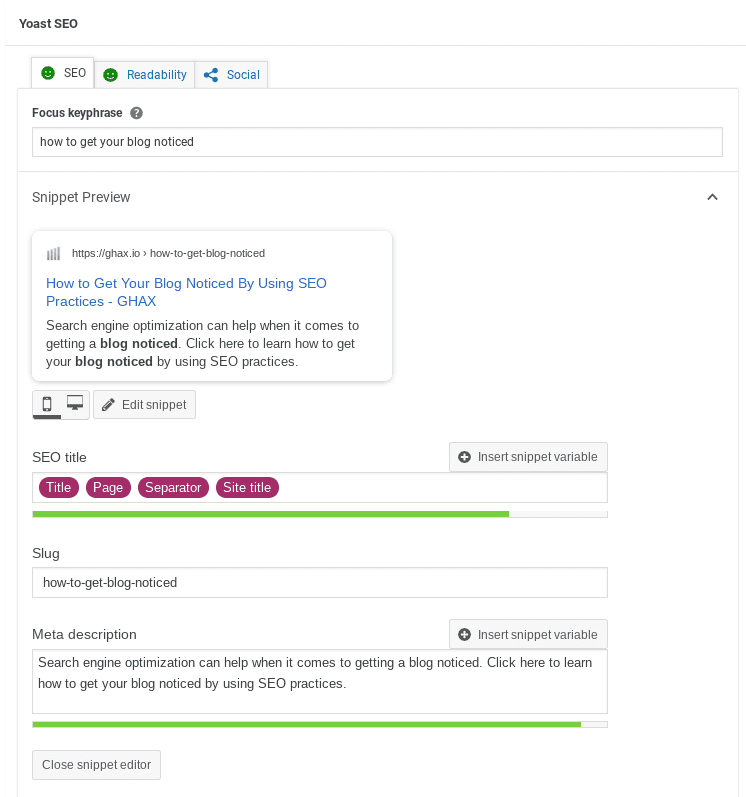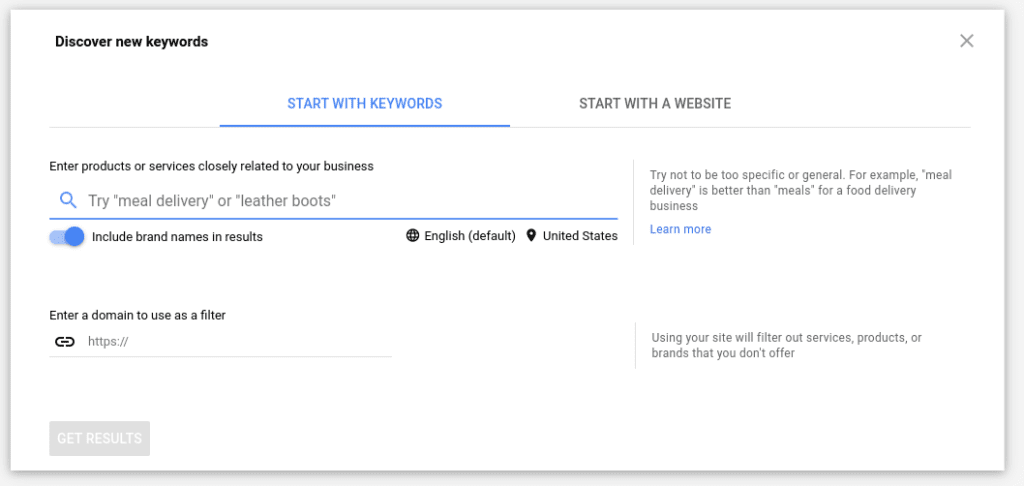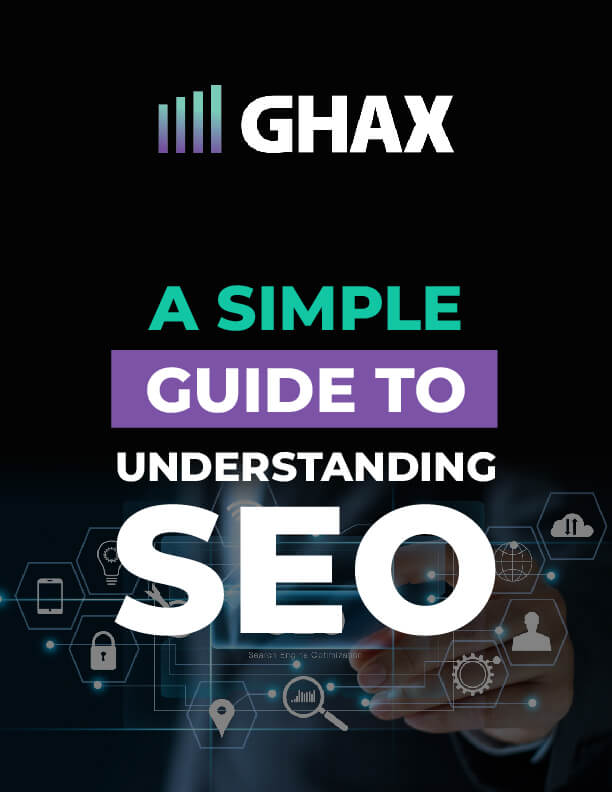Launching a new blog?
Whether it’s for work or as a hobby, one of the first things you need is a steady flow of visitors. What’s the point of a blog if no one reads your content, right?
Fortunately, learning how to get your blog noticed isn’t an impossible hurdle. Read our tips below to get started:
1. Keyword and Content Research
If you’re new to blogging and SEO, then the first thing you need to master is keyword research. Learning how to get your blog noticed can sometimes be all about two things: proper keywords and link building.

Don’t get too confused in the chaos. Pick low-difficulty keywords that you like. Use a few tools (such as ahrefs) to determine if people use these keywords or discuss things related to these keywords, and then write content using these keywords.
Always remember: content is king. This doesn’t refer to flooding audiences with new blog posts. Focus on quality posts that are informative and entertaining.
2. Targeted, Long-Tail Keywords
Gone are the days when you could focus on a one-word keyword. Nowadays, you can’t simply write a blog post with “shoes” as your primary keyword. That word could relate to a myriad of topics.
Instead, focus on long-tail keywords. This is where you have to conduct double-research.
Get on Reddit and discover niche topics your target audience engages in. Now look for keyword phrases that relate to those specific topics. You already know people are asking questions about that topic, so use the right keywords to write a blog post that answers their needs.
3. Don’t Keyword Stuff
Before Google updated its algorithm, bloggers shoved keywords in almost every sentence. That ruins the reader’s experience and the flow of the article, which is why Google now penalizes people who still practice keyword stuffing.
It’s no longer about stuffing keywords into every corner of a page. It’s all about smart use. Make sure you have it in the title, in a few paragraphs, and the meta description.
Keyword placement should feel natural.
4. On-Page SEO
On-page SEO is so simple yet a lot of bloggers often forget about it. Sometimes, all you need to keep your page optimized is to use a plugin like Yoast.

This means optimizing for featured snippets, writing great meta descriptions, and not forgetting to include keywords in the image alt text. Use proper keywords in the title, headers, and call-to-action too.
Don’t forget the URL/permalink. It should be relatively short and it should contain your primary keyword.
If you already have a few blog posts up, make it a habit to run a site audit. This can help you identify pages with broken links or posts that won’t load properly.
5. Smart CTA Placement
Ever heard of above the fold? It’s a term used in the newspaper industry but it also applies to blogs and websites. Many believe that you should put most of your eggs above the fold, which is the area people see before they have to scroll down.
This is true but compelling content and great web design will still keep visitors engaged to the bottom.
It also means you can’t simply toss your call-to-action (CTA) to one portion of the page. Yes, it makes sense to put an inbound link to your contact page at the end of the blog post (like ours here), you should have an email or RSS subscription button visible at all times and somewhere above the fold too.
6. Responsive Design
Did you know approximately 72% of people will access the Internet solely from a mobile device?
This further reduces the number of people on desktop or laptop computers. The problem is there are so many mobile devices now and each one has a different type of screen resolution and size. You can’t make a rigid web design that only caters to one screen.
The solution is to build a responsive website. Responsive means your blog changes its layout depending on the screen of the user, guaranteeing a smooth user experience regardless of the device they use.
7. Get the Right Tools
You won’t get far in your SEO campaign without the right tools.
Start with Google Keyword Planner and Google Search Console. These are tools that help you determine how people find your blog posts and to determine the keywords you can use for future content.

Take time to study your competition too and how they use their keywords to drive traffic. Tools like SpyFu come into play here. For on-page SEO, you can get a head start through Yoast or Moz On-Page Grader.
8. Take Time to Build Links
Keywords and content are important but don’t forget to build a strong link profile. This is the step that takes a lot of time since it’s not simply about getting more links leading to your site. It’s also about building trust.
Contact other bloggers and ask if you can guest post, ensuring there’s a link leading their audiences to your site. Whenever you make a new blog post and you mention someone else, make sure you link to their page and they might return the favor.
You can also get more inbound links through good directories, like Yelp. Make sure you claim your Google My Business profile too.
Contrary to popular belief, social media doesn’t affect SEO directly. That said, you could still use the platform to get more social visibility. This could help increase traffic too and get more people to link to your posts on their social media pages.
Learn How to Get Your Blog Noticed!
Mastering how to get your blog noticed doesn’t happen in one day. You have to take your time and take advantage of these 8 tips. Stay clear from black hat SEO techniques, stay consistent with your blog posts and schedule, and soon you’ll have more visitors and conversions!
Still feeling a bit uncertain? That’s okay, we’re here to give you a helping hand. Get in touch now and let us help you push your SEO campaign to its full potential!




